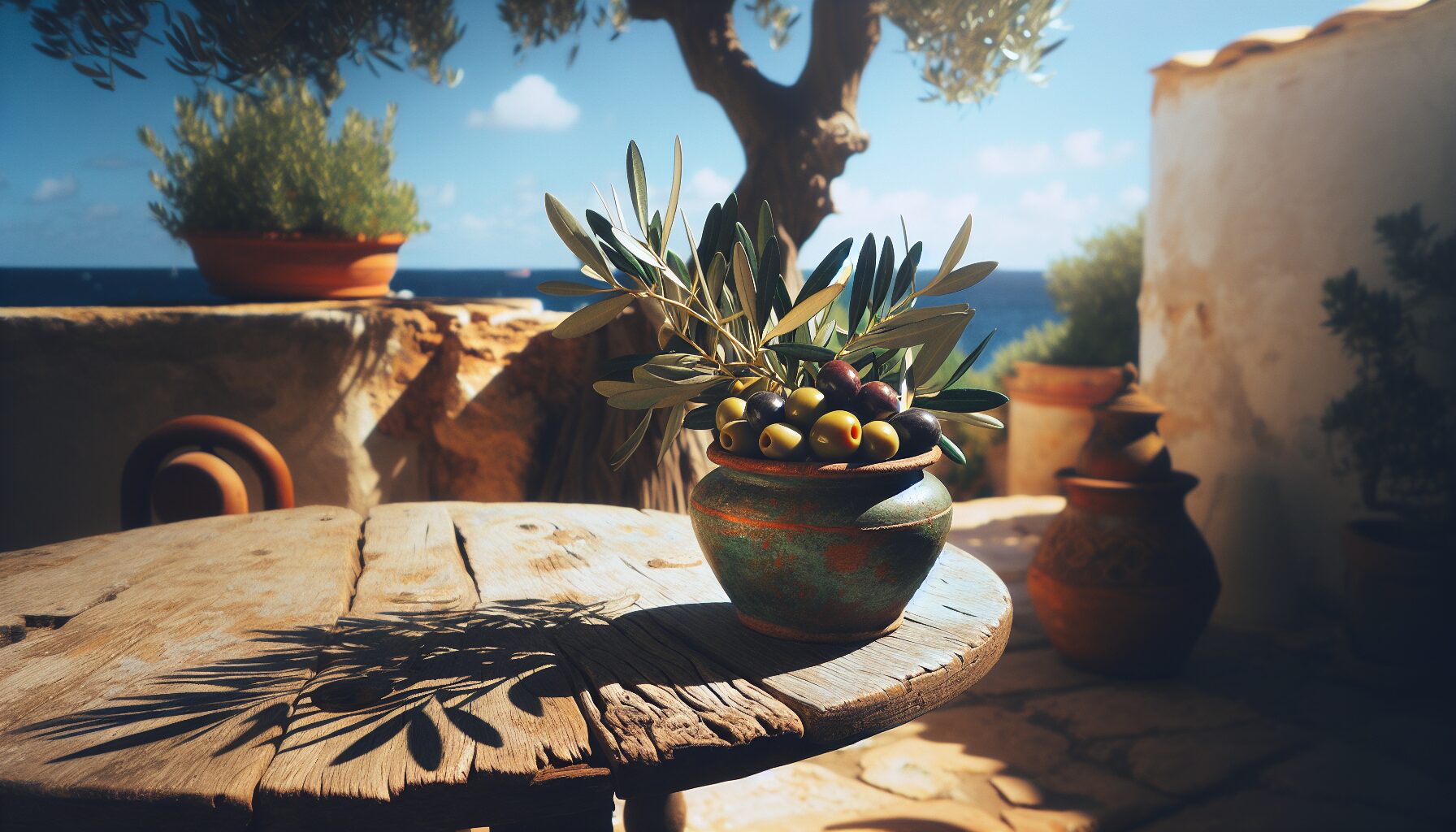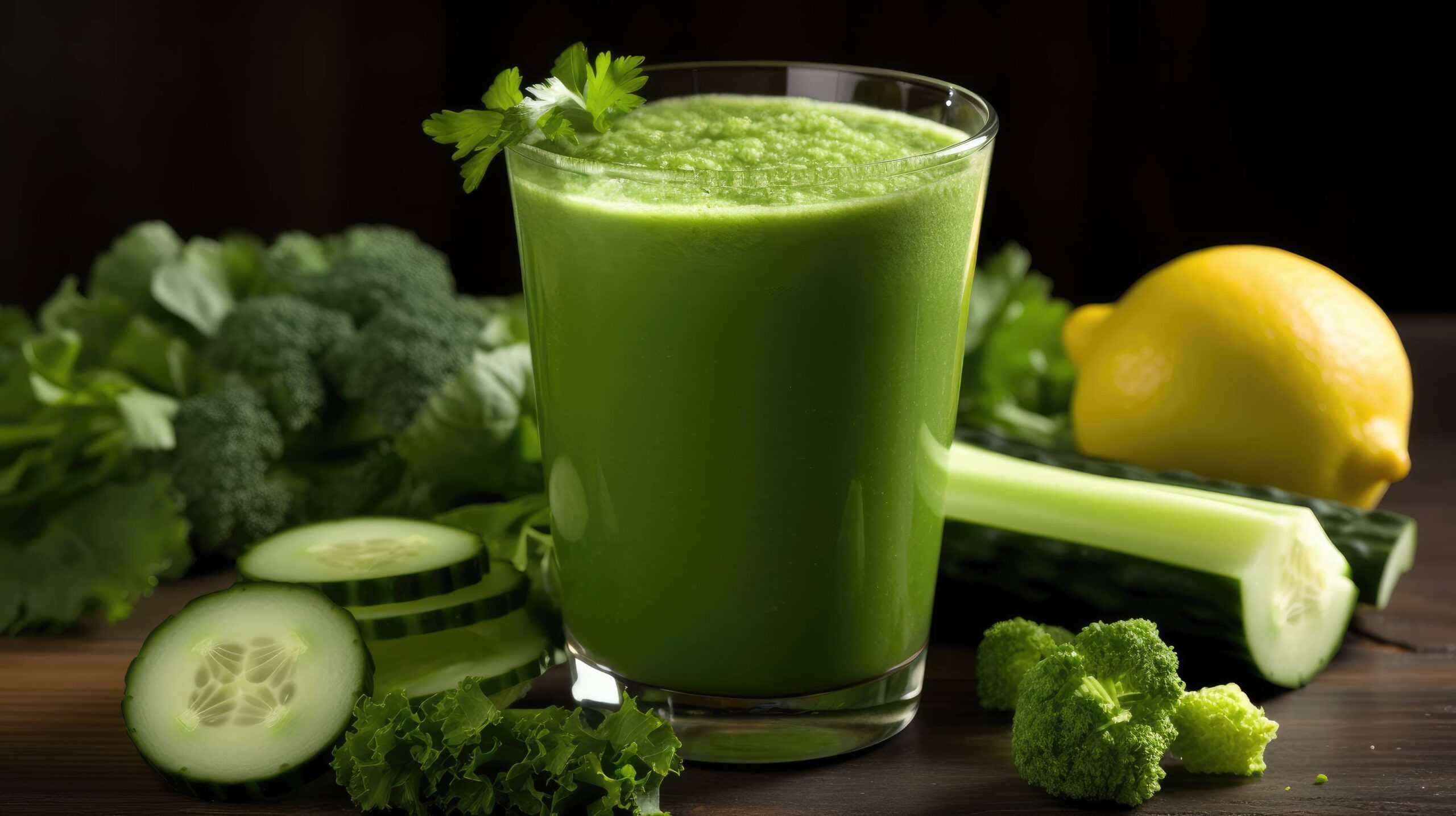
12 Foods High In Quercetin & Benefits
Quercetin is a trending flavonoid molecule found in high amounts in many plant foods. It is part of the unique flavonoid group, a set of antioxidant molecules that are derived from various fruits and vegetables. Flavonoids are defined by a set of unique chemical bonds.
Other examples of polyphenols include catechins, the dominant polyphenol found high amounts in green tea, that have a range of health boosting properties. Catechins have been shown to have anti-cancer properties and are potent antioxidants.
Benefits of Eating Foods High in Quercetin
Quercetin has only recently been researched in enough detail to comment on its properties. Finding new plant phytochemicals, such as quercetin, is always interesting. They can lead to new ways to support and assist with your health.
Let’s look at some benefits of eating foods with a high quercetin content, before we tackle some foods high in quercetin.
While supplementation might be preferred by some people, eating nutrients through your food is generally more accepted as the best way to take in nutrients. This is largely because of factors such as the bioavailability of nutrients from food sources, you get the nutrients in their most natural forms.
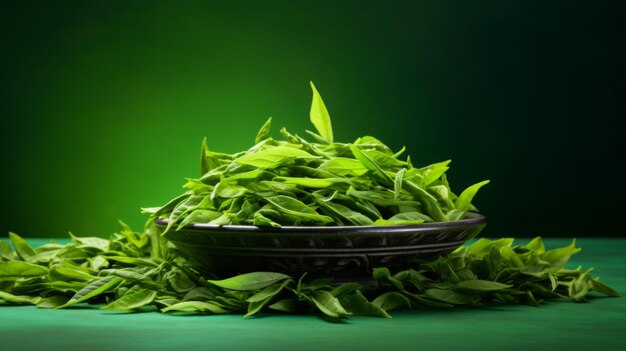
Quercetin Antioxidant Properties
As a result of the flavonoid structure of quercetin, it is a strong antioxidant within the body. Antioxidants are really important for protecting the overall health of the human body, especially in terms of preventing cancer and maintaining a healthy internal chemical balance within cells.
Eating foods high in quercetin could help to maintain body homeostasis and act as a cancer preventative agent.
As an antioxidant, quercetin will protect the body from harmful free radicals or unstable molecules that would otherwise cause cell damage. These damages, for example to DNA or other molecules can lead cancer or other diseases. Cell damages also need to be repaired and this comes at an energetic cost to the body. These are all benefits to eating foods high in quercetin.
Quercetin As Anti-Inflammatory
Because it is a strong antioxidant, quercetin can also rescue the body from inflammatory circumstances. For example, when joints become very stiff and have been overused, anti-inflammatory antioxidants can help to rescue the joints from pain.
Studies have shown that this is a long-lasting anti-inflammatory, with a wide ranging anti-inflammatory action on various cell inflammation responses such as cytokines. In certain animals, quercetin reduced clinical signs of arthritis compared to control groups.
Mental & Physical Performance Enhancing Properties
Some studies show that quercetin might also be able to aid with cognitive and muscle functioning. Quercetin is thought to be able to supress incidence of illness post intensive exercise, this effect was observed in athletes taking 1000mg quercetin per day.
Athletes had reduced oxidative stress post exercise, with this finding supporting enhanced muscle performance. Other studies have also found that quercetin may support neuromuscular performance during and after resistance training.
Eating foods rich in quercetin might be able to help to support improved mental functioning too. Quercetin promoted spinal cord recovery in injured animals, while it has also been shown to be a cognitive stimulant. These results support evidence that quercetin might be able to help protect the cells of the nervous system.

Antiviral Properties of Quercetin
Supplementing with or eating foods high in quercetin might actually have antiviral benefits. Quercetin is an immune system stimulant, upregulating certain genes responsible for defensive responses to microbes, including viruses.
There has been a wide range of anti-pathogen and anti-viral responses seen with quercetin use. Quercetin might be able to inhibit the progression of certain viral diseases. This phytochemical has been observed to inhibit the entry of some flu viruses.
12 Foods High in Quercetin
Quercetin is a plant phytochemical flavonoid, so major sources of quercetin will be in plant foods. Another important thing to note is that one study showed that quercetin levels were vastly increased, around 80% higher, in organic food compared to non-organic food.
Again, this emphasises the importance of maintaining a more nutritious diet through organic foods. If you are looking to optimise your diet for flavonoid compounds and antioxidants, this might be the best strategy. As a phytochemical, there is no RDA daily guideline for quercetin intake and 800mg per day of quercetin is on the higher end of the scale.
While most people in the USA eat about 13mg per day in flavonoid compounds such as quercetin. Absorption of quercetin is thought to be low, and it also seems to be safe to use given the positive results from animal studies. Let’s discuss some of the foods that rank high in quercetin.
Capers
Capers are a great addition to your diet. They offer a rich helping of quercetin flavonoids along with the antioxidant benefits they could provide to you. Raw capers have 234mg of quercetin per 100g of edible capers. This is one of the very top quercetin foods, if not the top on our list here, containing a very high level of quercetin.
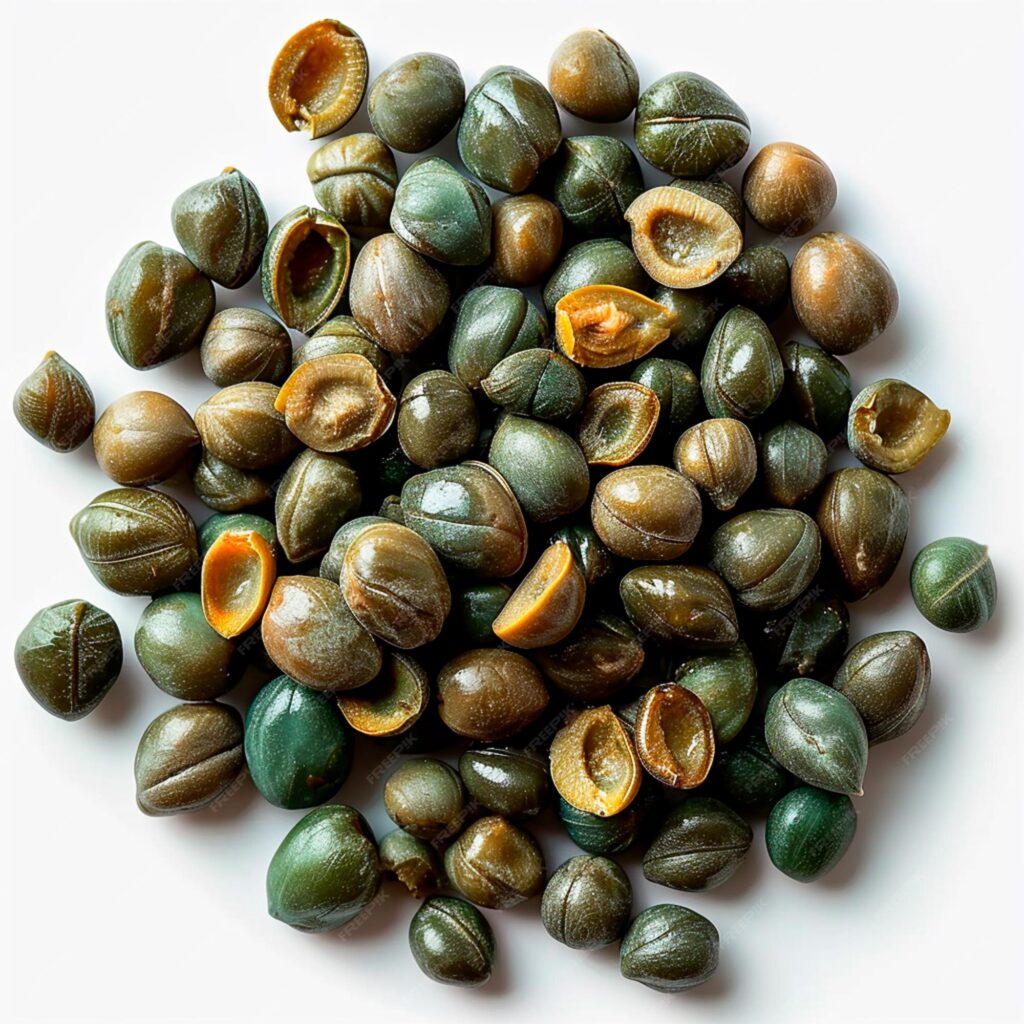
Onions
Onions are a staple food, cheap and easy to cook with. They form a good base for most meals as well and can be easily grown in many different countries. Red onions were tested to contain 31.77mg of quercetin in per 100g of onion. This is really quite remarkable for this sort of vegetable, there are further studies looking into why quercetin is so high in this food. Onions rank really high up on our list of quercetin foods.
Tea
Black or green teas offer around 2mg of quercetin per 100g of tea leaves. Tea ranks at one of the lowest total concentrations of quercetin in our high quercetin foods list here. A lot of people drink tea every day and green tea is also very popular, even as post-evening drink.
Rocket
Wild rocket salad leaves from Diplotaxis tenuifolia are high in quercetin. They contain 66mg of quercetin per 100g of wild rocket salad leaves. This is easy to use as a side dish to a main meal. Wild rocket salad provides a meal with a strong supporting flavour.
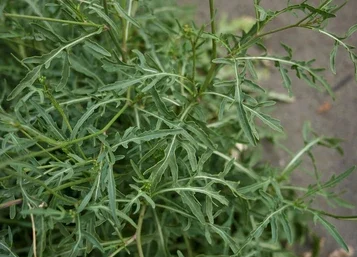
Fennel
Fennel is a herb used in specific dishes but contains a large amount of quercetin. There is 48mg of quercetin per 100g of fennel. This gives you something to think about when you are next at the store and arranging your meal for the evening.
Coriander
Coriander is another herb but has a lot more flexibility in how it can be used. This herb contains 52mg of quercetin per 100g of coriander.
Broccoli
One of our favourite nutrient dense foods here, broccoli is a staple vegetable. Broccoli contains 3.26mg of quercetin per 100g of broccoli. This vegetable is a fairly rich quercetin rich food compared to others available and is easy to integrate as a side.
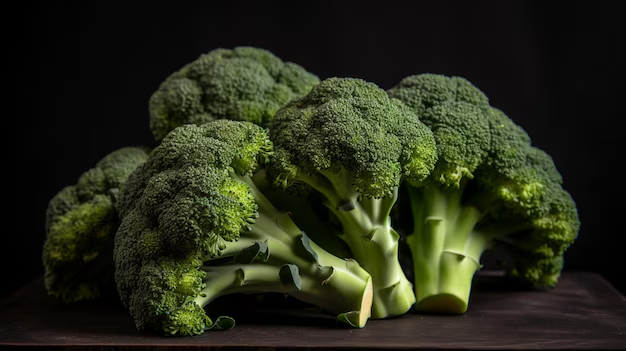
Oregano
You will have seen oregano everywhere in Italian pasta dishes. Oregano is a great herb to cook with, providing impressive flavour. You can really taste the healthy inner plant phytochemicals and smell them too. Oregano leaves contain 7.30mg of quercetin per 100g of oregano. This herb is easy to find at the store. You can even bring a pot back with you to nurture and use in your cooking. Oregano can easily be added to any Italian meals or rich meat dishes too.
Apples
Depending on the variety of apple, there is about 3.9mg of quercetin per 100g of apples. Apple is a staple fruit that has versatility to be eaten as a snack or in a dessert.
Elderberries
Elderberries contain 26.77mg of quercetin per 100g of berries. This is quite strong for this type of berry and definitely makes it onto our list of quercetin rich foods here.
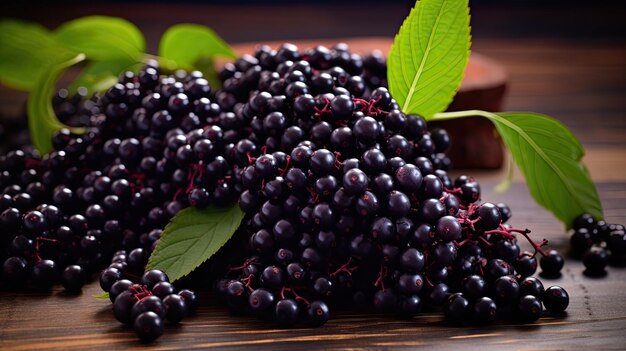
Blackberries
Quite a popular summer fruit, blackberries contain 3.58mg of quercetin per 100g of blackberries. Again, this is not bad for a fruit so it makes it onto our list here. Why not try making a fruit salad with the fruits listed here as a desert, including some healthy yoghurt.
Honey
Interestingly, you can obtain quercetin from honey. This is because honey produced by bees comes from various plant sources. Honey, on average, was tested to have 0.31mg of quercetin per 100g of honey. This is not very much at all but, shows how quercetin can find itself in some flower derived foods.
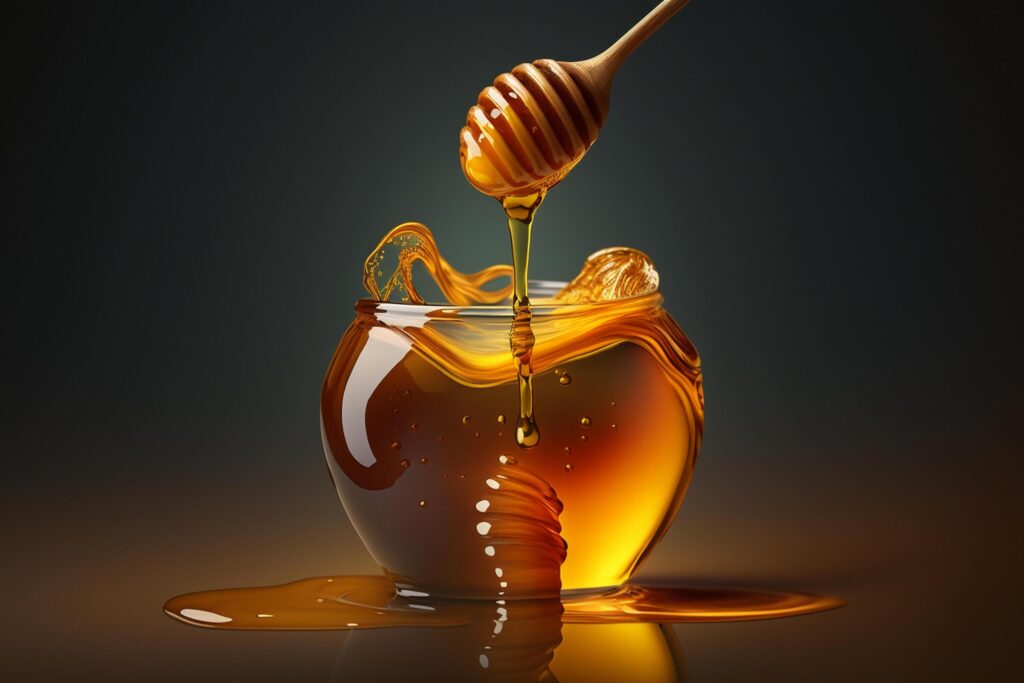
Conclusion
Quercetin is part of the flavonoid group of molecules with strong antioxidant effects, because of its specific chemical structure. You can find high amounts of quercetin in plant foods and sources because it is plant phytochemical. Absorption doesn’t seem to be excessive and this plant phytochemical seems to be capable of providing some interesting health benefits.
Some of the potential health benefits of consuming foods high or rich in quercetin include reduced inflammation, cancer preventative action, anti-viral activity, improved cognitive functioning, stimulation and muscle performance.
Quercetin is a flavonoid that you can easily improve the levels of in the body through integrating more of it into your diet. The food list in this article can assist with that. Among the foods ranking high in quercetin, capers contain some of the highest levels of quercetin per 100g of food. Other rich sources of quercetin include wild rocket, fennel and elderberries.
For more interesting articles, navigate to the main articles page below.





